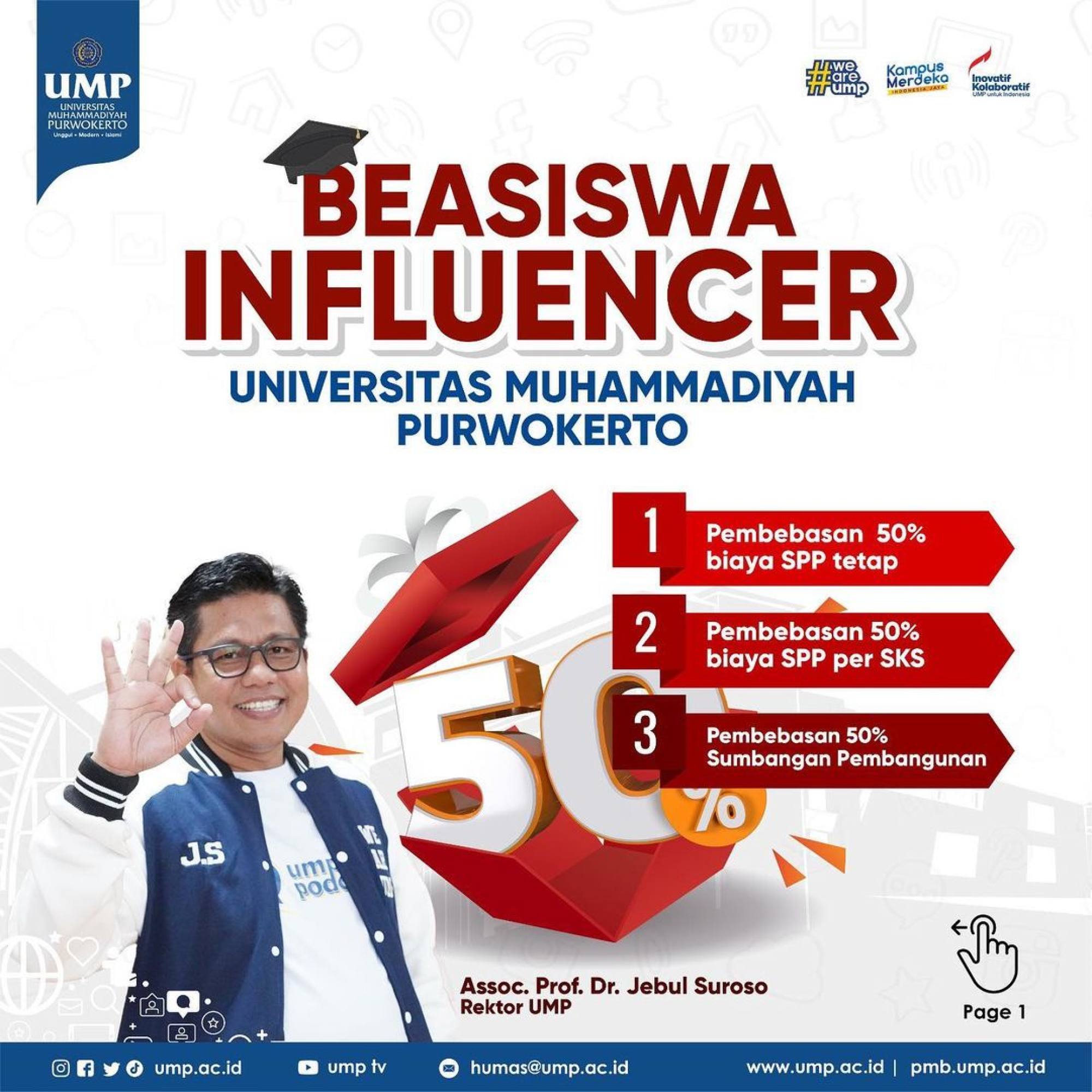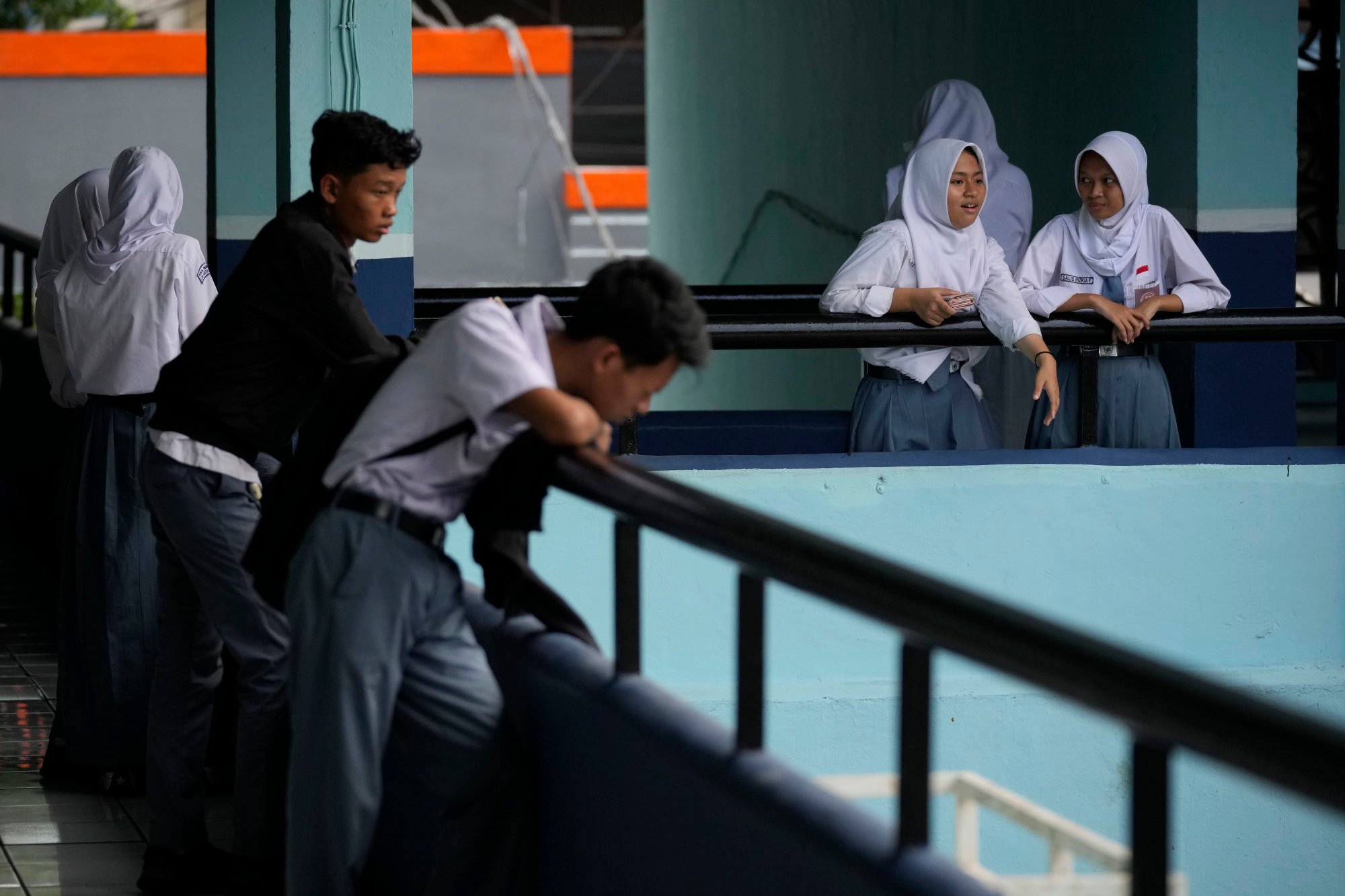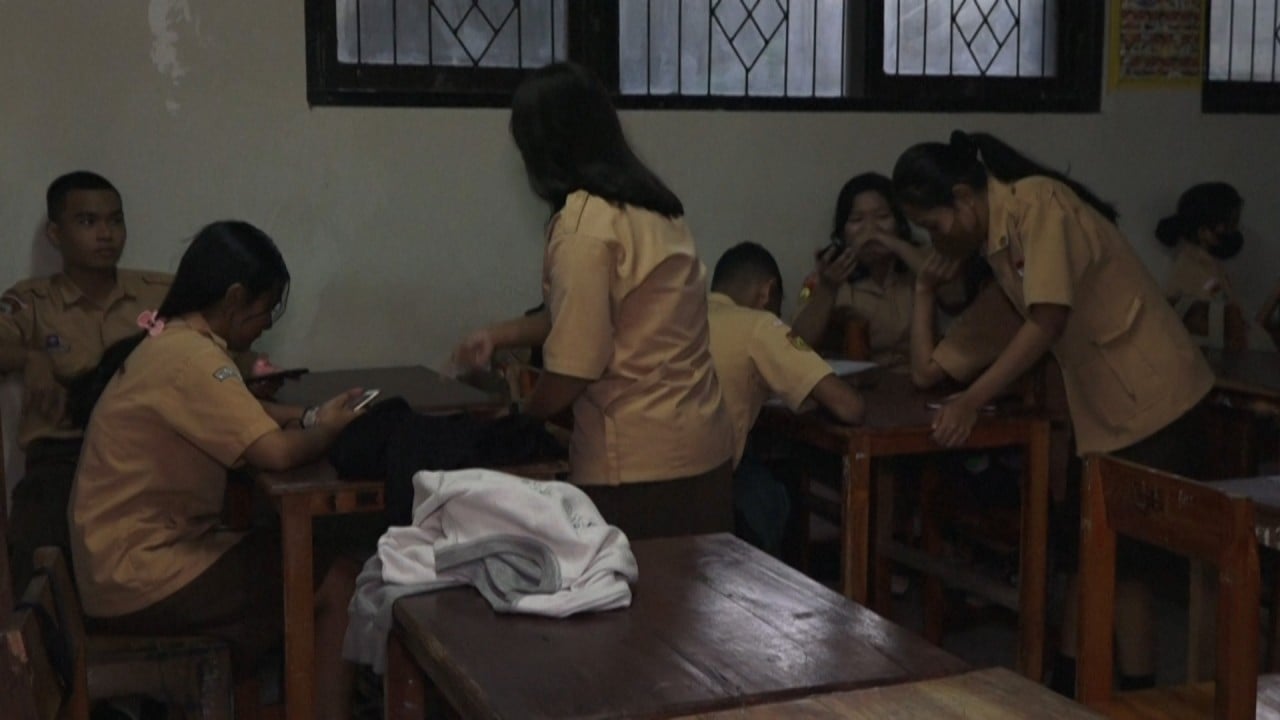
‘Do they need it?’ Influencer scholarships in Indonesia spark concerns about use of student aid
- Scholarships from some private universities are awarded to students based on the number of followers they have on popular social media platforms
Have a huge following on social media? In Indonesia, that might mean you are eligible for one of the many beasiswa influencer (influencer scholarships) now being touted by a number of private universities across the country.
These scholarships – which have only started cropping up in the past few years – provide students with financial aid based on the number of followers they have on popular social media platforms including Instagram, TikTok and YouTube. Students must also meet the universities’ academic requirements to qualify for the award.
Observers say these scholarships highlight Indonesia’s unique fixation on social media and could serve as an effective marketing tool for universities, but they have also raised concerns about whether they are diverting resources from academically deserving students in greater need of financial support.
At Universitas Ciputra, a private school in the city of Surabaya, students who have more than 12,000 Instagram followers or 15,000 TikTok followers could have 100 per cent of their annual tuition covered by a scholarship.
Similarly, at the University of Muhammadiyah Malang, students with at least 5,000 YouTube subscribers or 10,000 followers on Instagram could qualify for financial aid.
“There is something very uniquely Indonesian about this … it is not really something that we see in other countries,” said Angga Prawadika Aji, a communications expert at the Airlangga University in Surabaya.
“There’s a strong fascination with social media and celebrity culture in Indonesia … and a lot of importance is placed on this,” he said. “You see the case where young children are asked what they want to be when they grow up, and they say they want to be an influencer.”

The scholarships have sparked mixed feelings among students and educators, some of whom have taken to social media to express their frustrations with the scheme.
Indonesian high-school student Devina, 19, was thrilled when she secured a merit-based scholarship to pursue a science degree at a public university in the city of Purwakarta.
The eldest of four children, she knew financial aid from the university meant that there would be less of a burden on her parents.
“It was not easy to get the scholarship because so many students fight for it, and there are only limited scholarships available,” she told This Week in Asia, requesting to use only her first name to protect her identity.
“I worked very hard to get good grades. Of course, it is frustrating because [those influencer scholarships] could have helped other students who needed the money,” she said. “A lot of influencers already make money through advertising and brand deals … so do they need it?”

Social media users blasted influencer scholarships as being antithetical to what universities should be promoting.
“This is shamelessly telling the world the university is for fame and money, not actual learned competent students,” one user wrote on Reddit, while several others compared the scholarships to something from an episode of the dystopian sci-fi TV series Black Mirror.
Superficial strategy?
Last month, the Indonesian government reversed a plan proposed in January to raise tuition at state schools. Education minister Nadiem Anwar Makarim said fees would not be increased in the coming 2024-2025 academic year, following outcry from students across the country.
Rules at public universities state that fees must be set based on a government benchmark and determined through means-testing, ensuring students from the least affluent families pay the lowest rates.
The same rules do not apply to private institutions, according to Angga, which means there is a higher barrier of entry for financially needy students.
“A lot of us academics see [influencer scholarships] as a shallow or superficial strategy by private universities to attract students because, in Indonesia, private schools struggle to get applicants and most students want to attend state universities, which are considered more prestigious and are often more affordable.”
The influencer scholarships could also function as a tool for “free marketing” to bring more visibility to these private schools, Angga said.
“These students who have a large social media following can share positive stories about the school that they are attending and encourage their followers to also attend the same school,” he said.
But students who are interested in fields such as marketing, or who see being an influencer as a “side gig”, could take advantage of such scholarships to pursue their academic goals, Angga noted.
Last year, teenage influencer Satria Rizki Safiri, who has over 200,000 followers on TikTok, received a scholarship worth 66 million Indonesian rupiah (US$4,000) from Telkom Purwokerto Institute of Technology in Purwokerto, Central Java, to study logistics engineering.
“I think on one hand, it shows these students have creativity and confidence. But confidence is not always the same as competence, especially if these students are accepted into competitive degrees,” Angga said.
“Perhaps these universities should prioritise providing scholarships to students who are financially needy or come from low-income backgrounds, because those students are the ones who might really need it.”


